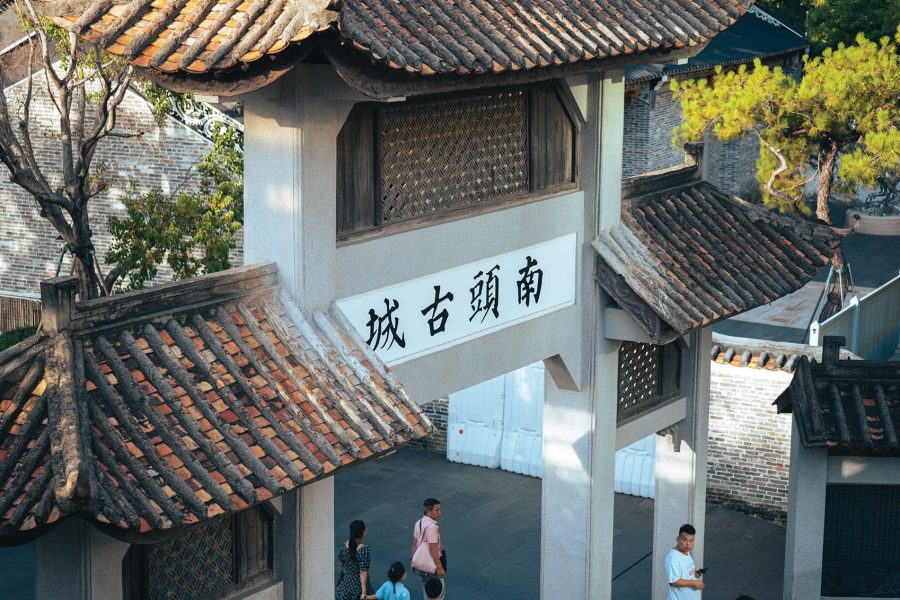Standing outside the South Gate entrance of Nantou Ancient Town, I find myself at the crossroads between two worlds. On one side, the bustling traffic of Shennan Road. On the other, the tranquillity of the Nantou Ancient Town Park.
In front of the South Gate, shielded by the shadows of dancing trees, a painter is capturing the sight on canvas. “Stroke by stroke, you get the impression of a long, storied past,” he tells me.
Located in Shenzhen - within the Chinese Mainland’s Greater Bay Area, It’s the historical monument is just a 20-minute taxi ride from the Shenzhen Bay Port – but walking the 200 metres from the decorative archway on Shennan Road to the South Gate entrance is a journey through time itself. The past of Nantou Ancient Town is literally carved into the stone that lines the path, tracing a history dating back some 1,700 years.
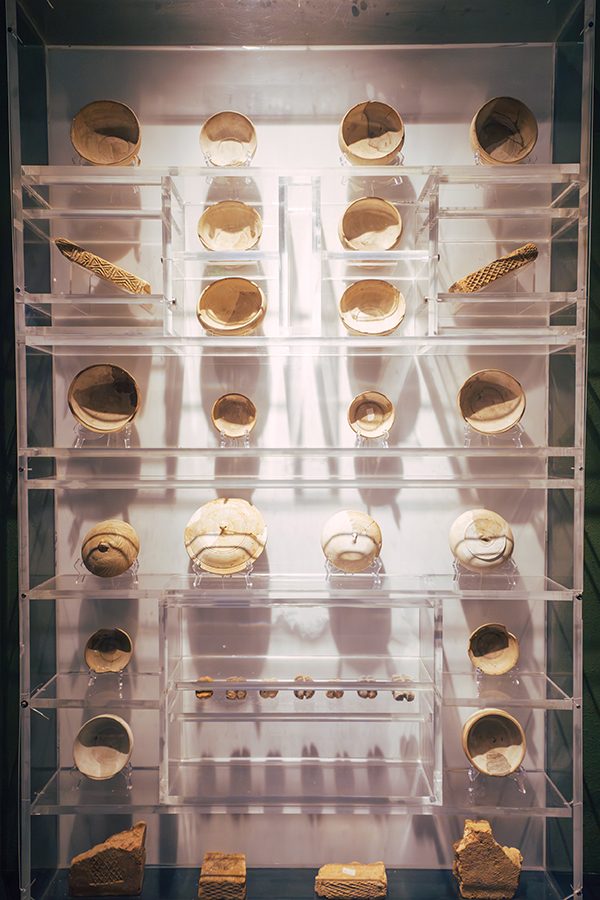
Credit: Hym Chu
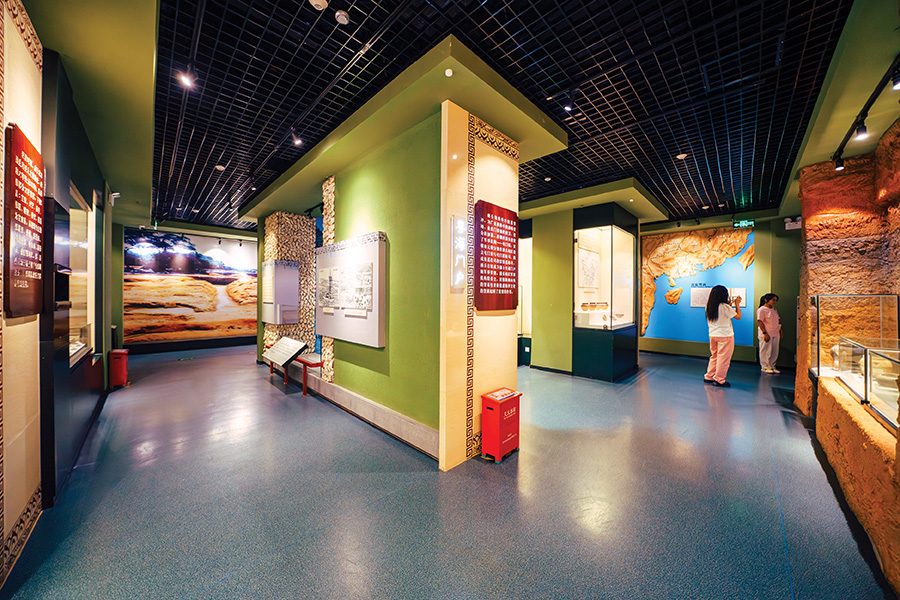
Credit: Hym Chu
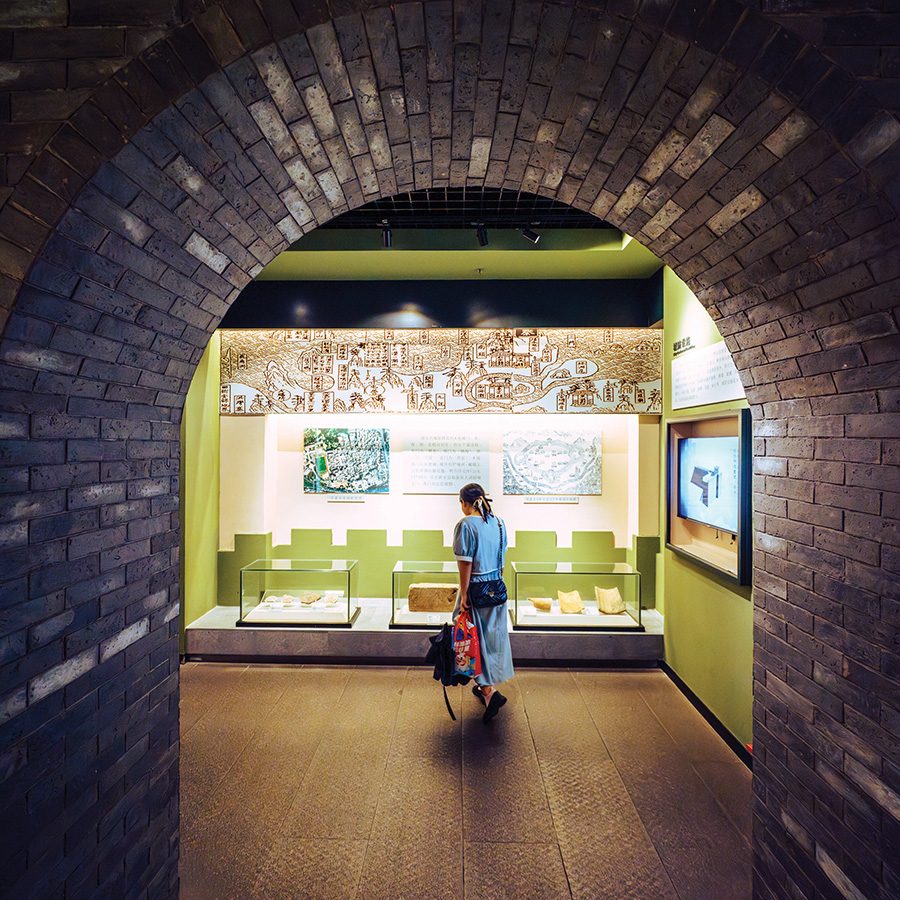
Credit: Hym Chu
From past to present
I start at the Nantou Ancient City Museum, next to the archway. Thanks to its location on the east bank of the Pearl River estuary, Nantou was once the political, economic and cultural centre, as well as a maritime stronghold, of the Lingnan coastal region. By the Eastern Jin Dynasty (317-420 AD), it was an administrative centre for much of modern-day Guangdong, and in the Ming Dynasty (1368-1644) a 1,800-metre-long city wall was constructed along the hilly region’s contour to protect Nantou from pirates, forming the foundation of the ancient city complex as we know it today.
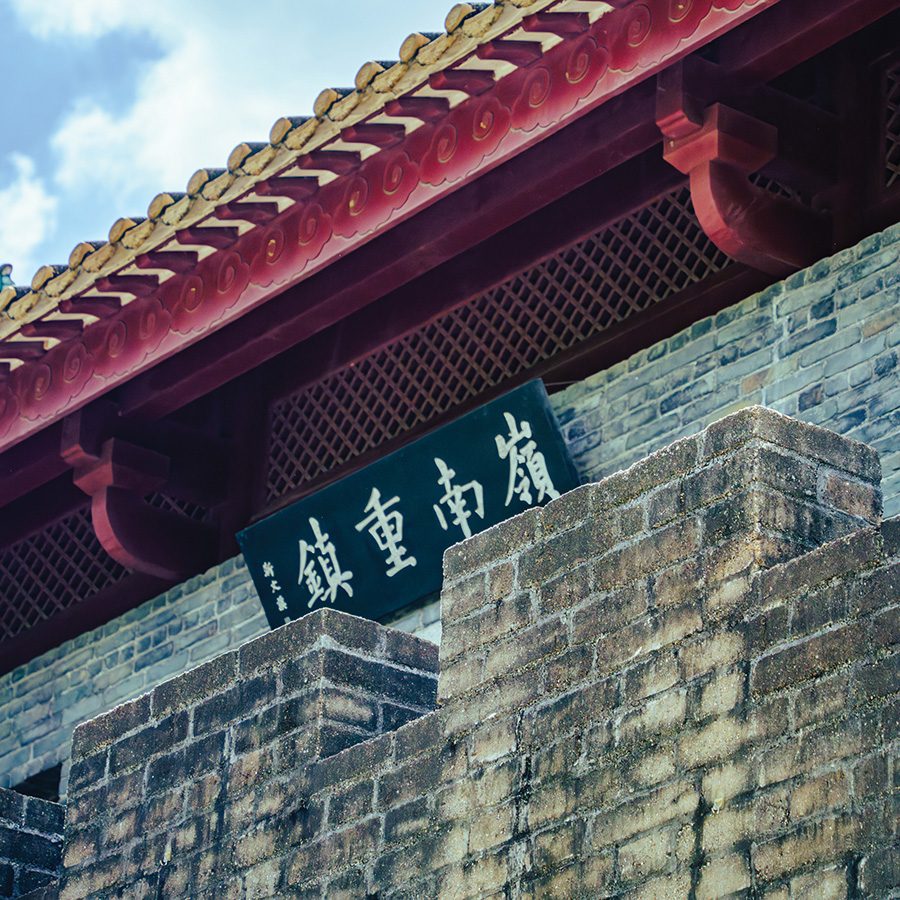
Credit: Hym Chu
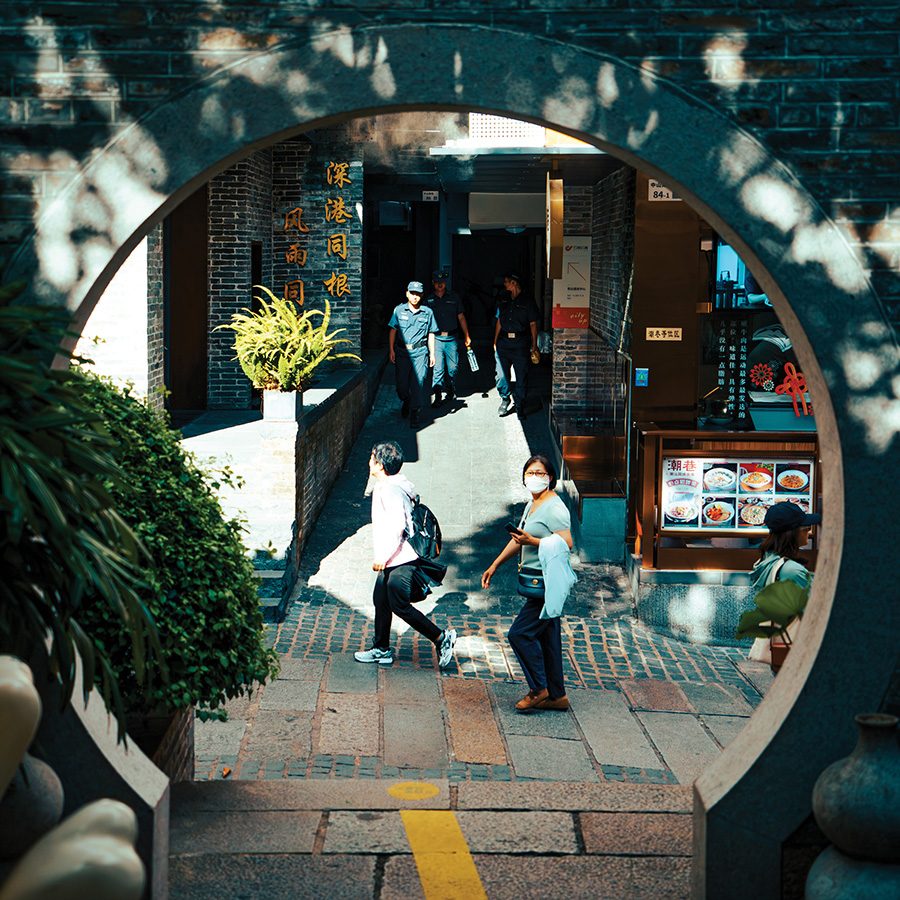
Credit: Hym Chu
Nantou’s glories faded as other cities gained prominence. Later, as Shenzhen’s economic boom took off in the 1980s and ’90s, modern skyscrapers, each taller and shinier than the last, overshadowed the area, pushing it further into obscurity. The area became a quiet village tucked into a city bursting upwards and outwards. But when the cost of plastic tripled in 1973 due to an oil crisis, Futuro production waned, ceasing completely by 1978. Fewer than 100 were constructed and only about 60 are left.
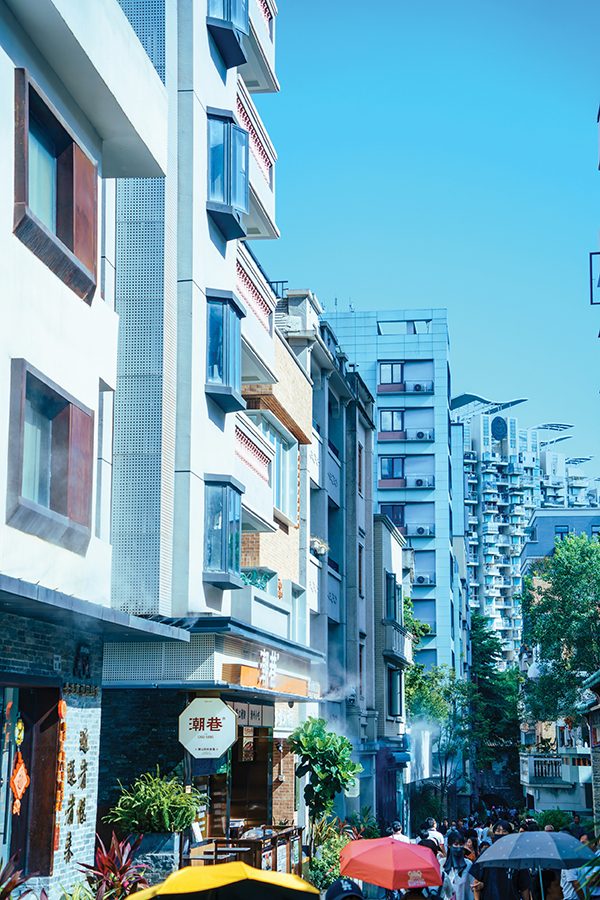
Credit: Hym Chu
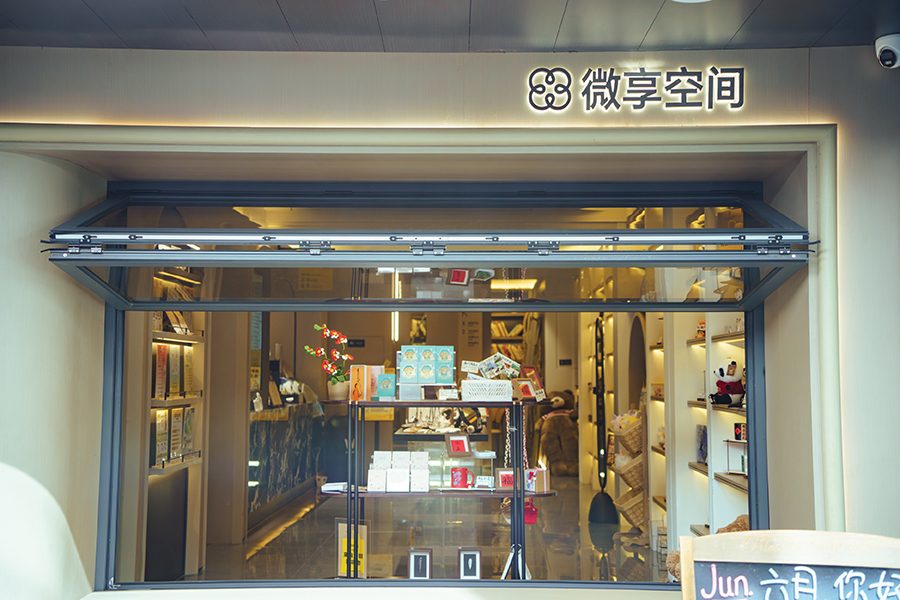
Credit: Hym Chu

Credit: Hym Chu
It wasn’t until 2017, at the seventh Bi-City Biennale of Urbanism/Architecture, that Nantou re-entered the spotlight. This opportunity to serve as the event’s primary exhibition space became the catalyst for an ambitious urban renewal project that began in 2019. Spearheaded by Vanke City Research Institute and Shenzhen-based architecture firm Urbanus among others, the plan focused on revitalising its public spaces while also giving space for history, culture and community to thrive alongside each other.
In August 2020, Nantou Ancient City greeted the world with a renewed façade, becoming a new cultural landmark deeply rooted in the area’s storied past. Today, the restored South Gate, with a five-metre-tall city wall and a plaque that proudly announces that the area was once a “Stronghold for Lingnan”, demands respect from visitors – in its own way, it’s just as impressive as the skyscrapers that dominate the Shenzhen skyline.
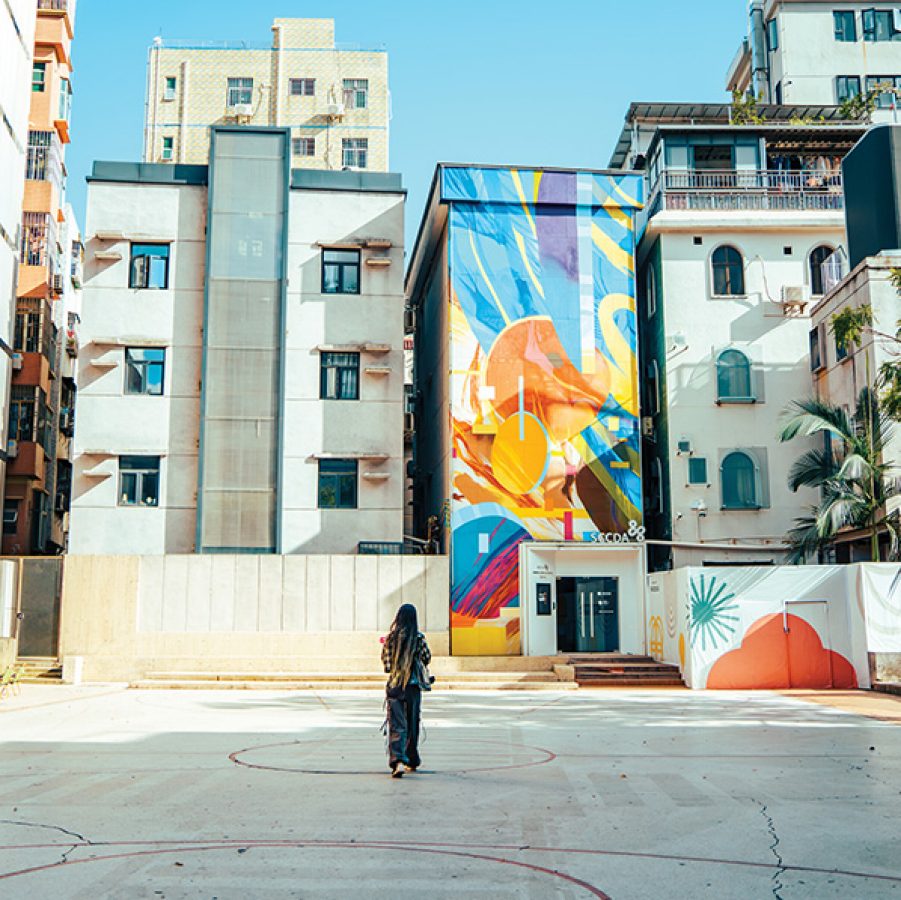
Credit: Hym Chu
Renaissance and reinvention
The streets of the ancient city are easy to follow and navigate. From the South Gate, I head straight down Zhongshan South Street and reach Baode Square. Transformed from a basketball court, it’s now where the neighbourhood’s residents hang out and catch up, and tourists enjoy a moment of respite.
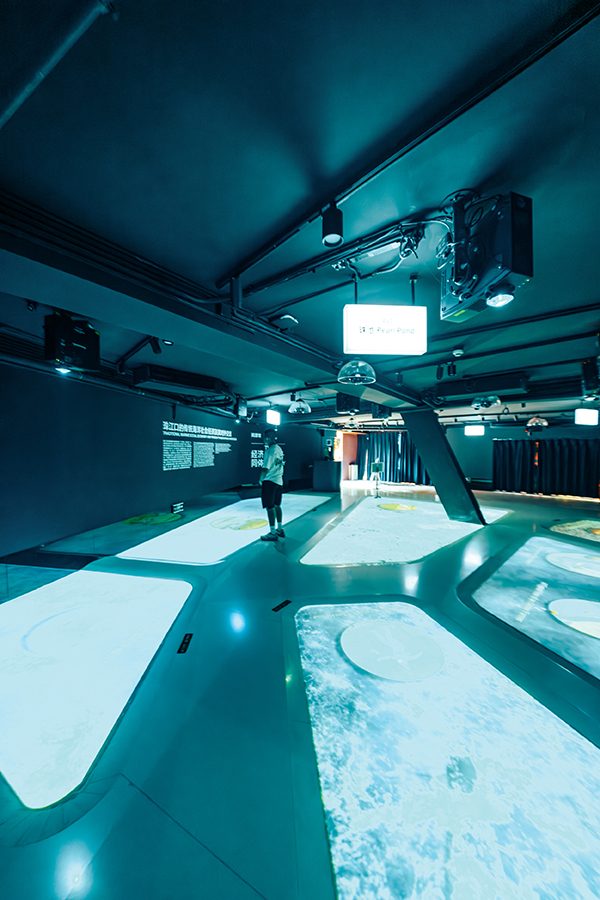
Credit: Hym Chu
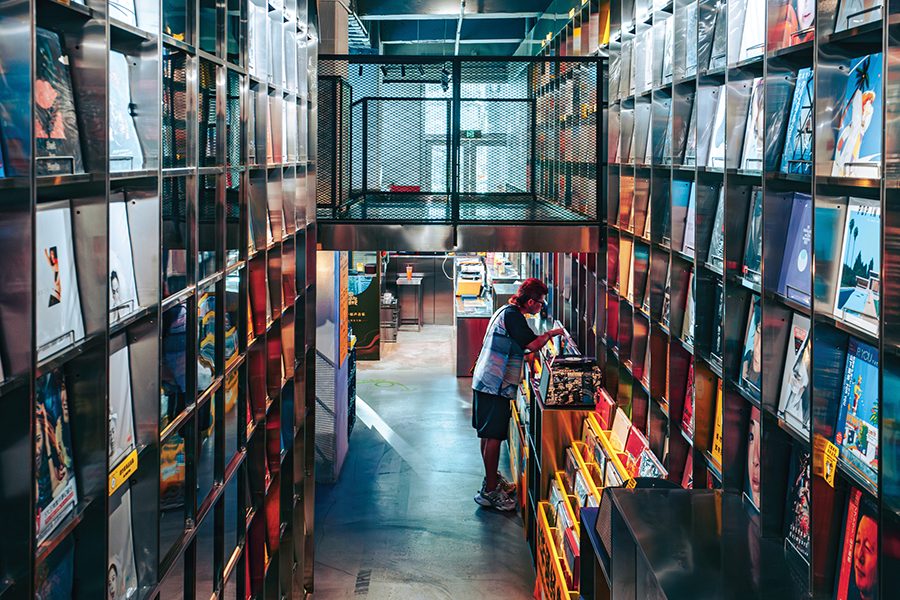
Credit: Hym Chu
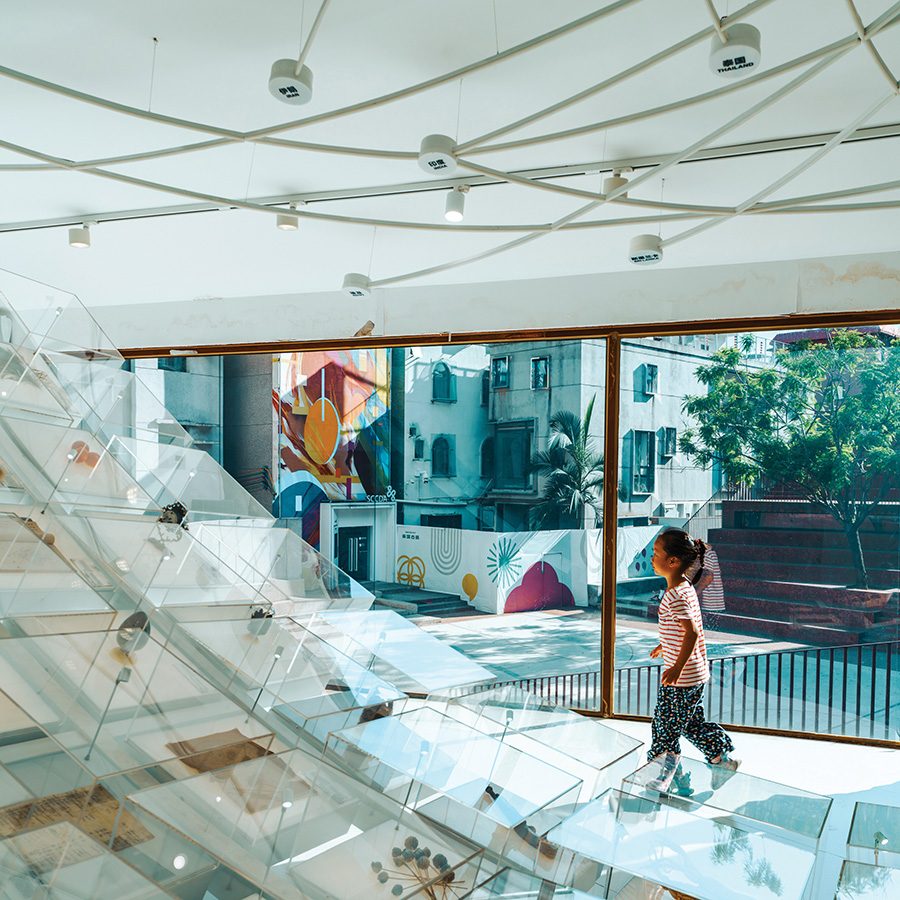
Credit: Hym Chu
Today, Nantou Ancient City features a vibrant mix of innovative retail concepts and art exhibition spaces. All around Baode Square, there are several pavilions and exhibition spaces of the Diverse Homology Museum, where visitors can learn about the region’s geographical, economic and cultural development in recent centuries. At the complex’s north end sits Idea Factory. Converted from an abandoned garment manufacturing building, it now houses the offices and studios of several creative agencies, as well as record shop HYM Super Factory.
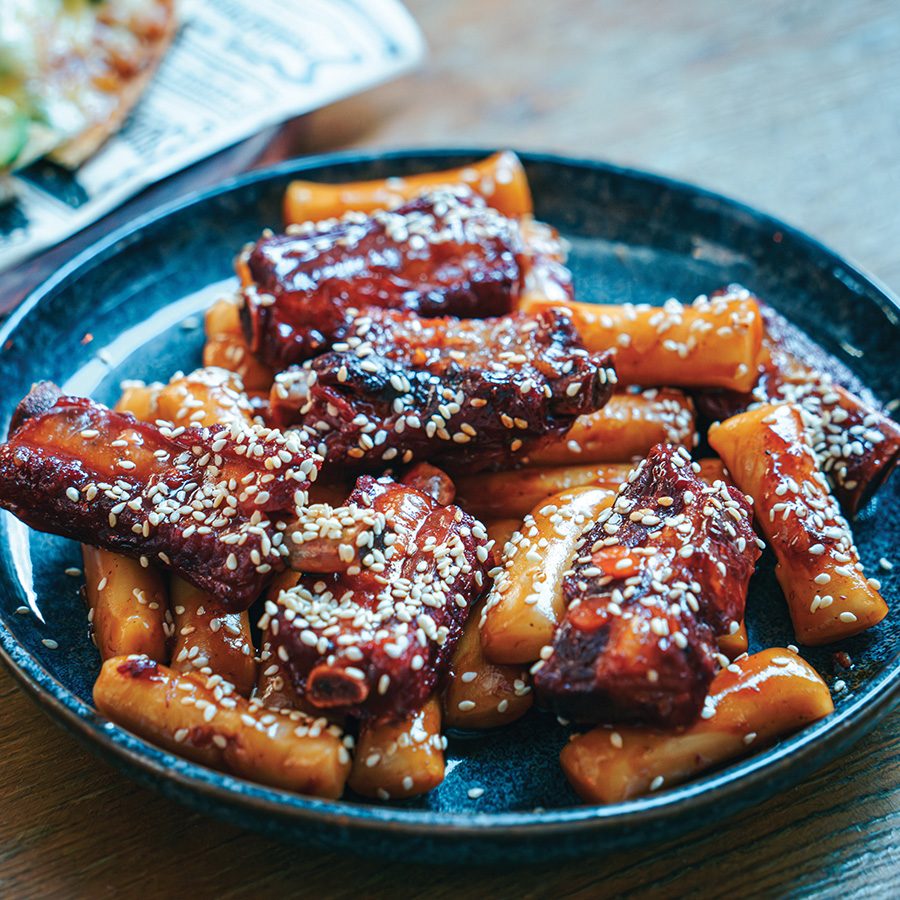
Credit: Hym Chu
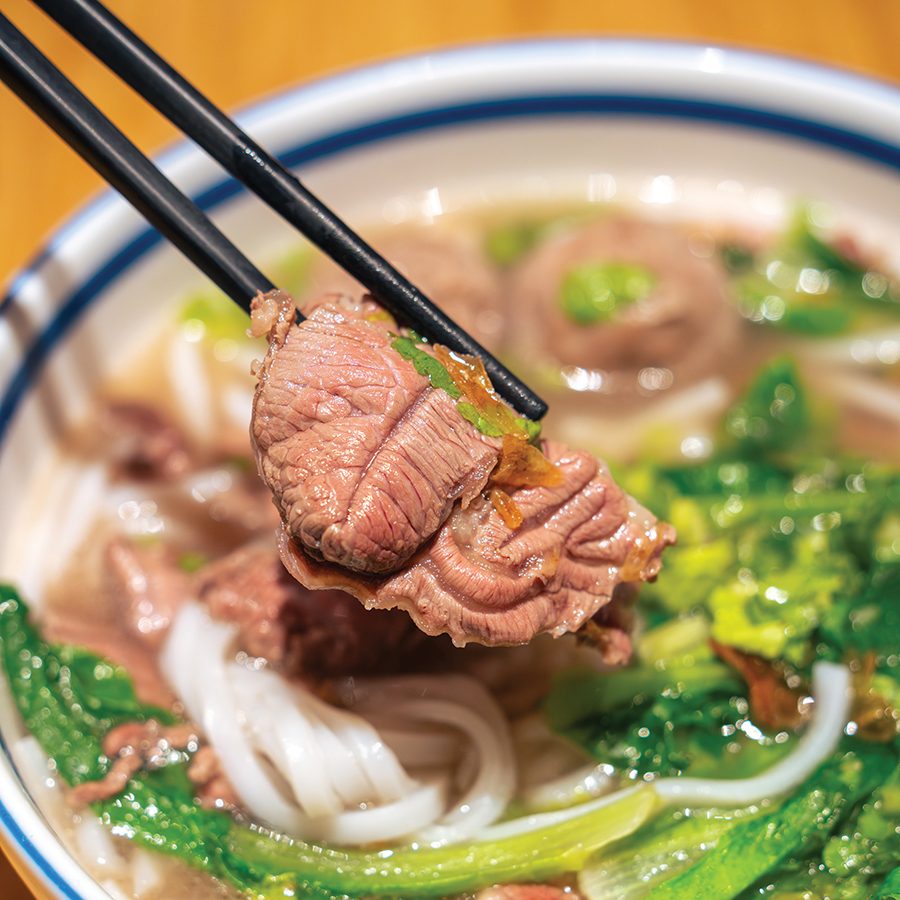
Credit: Hym Chu
The ancient city’s north-south thoroughfares are lined with eateries offering delicacies from Hong Kong, Macao, Chaozhou and Shantou, as well as more international options, including fusion all-day dining restaurant Ooki Table and craft beer bar Taps . After a meal of wonton noodles and soy braised pigeon at Mak’s Noodles and Chung Kee, and beef ball rice noodles and oyster omelette at Chao Xiang, I head to One Day, a boutique that sells memorabilia – my nostalgia is triggered by the manual sewing machine my mother used to make clothes and the typewriter I once used for homework assignments.
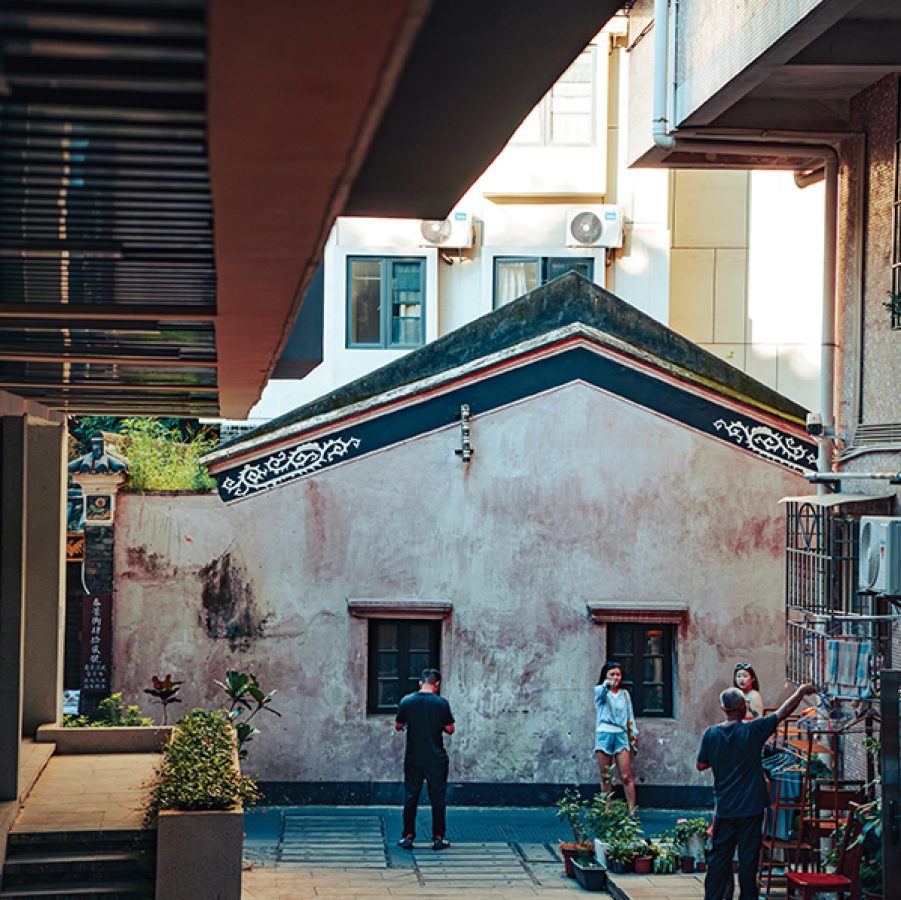
Credit: Hym Chu
In contrast to the hustle and bustle of the main thoroughfare, Chunjing Street is a quieter corner of Nantou Ancient City and part of the second phase of its transformation. Here, you’ll find a range of pop-ups at the U1 Platform Market. I check out a weaving-themed exhibition and begin chatting to a staff member, who emphasises that the area’s regeneration hasn’t left its original inhabitants behind.

Credit: Hym Chu
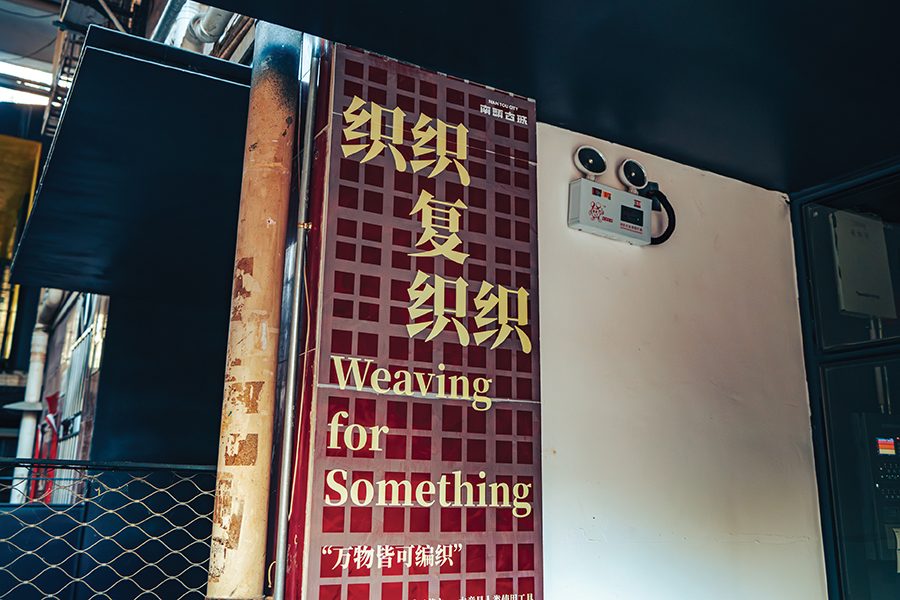
Credit: Hym Chu
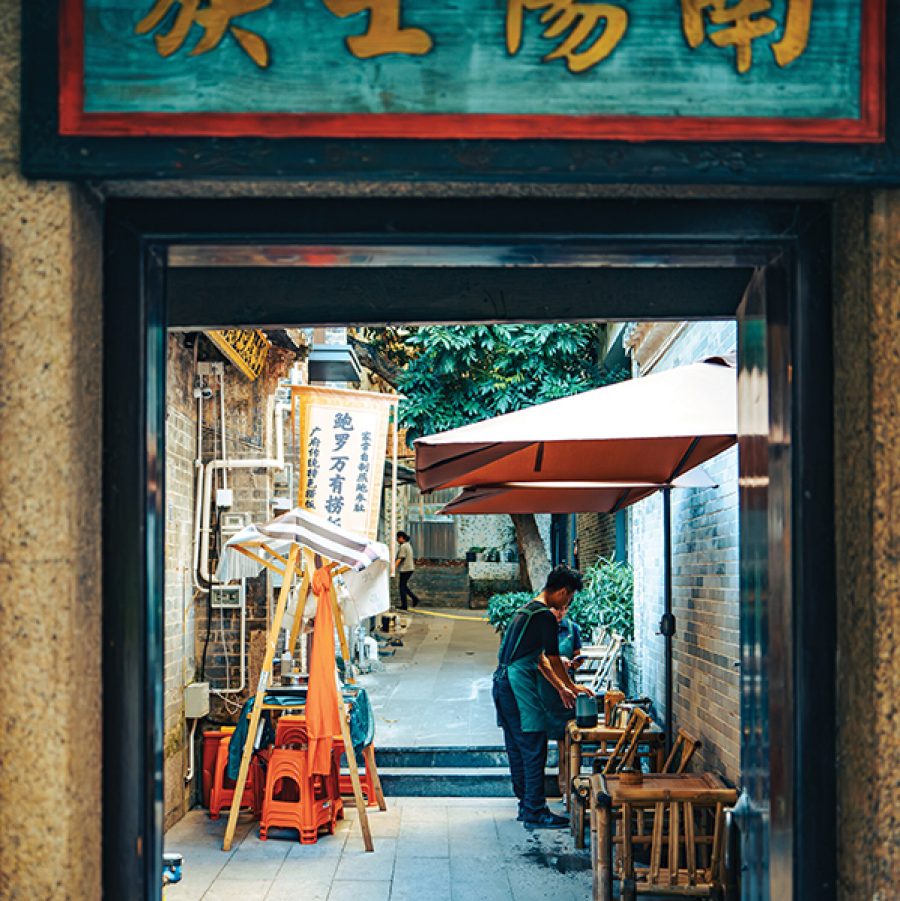
Credit: Hym Chu
“All the items on display were handmade by the neighbourhood’s older residents. We were all very surprised and moved by their passion and willingness to show off their talent,” he says. “It’s a small exhibition, but lots of heart and effort has gone into it.”
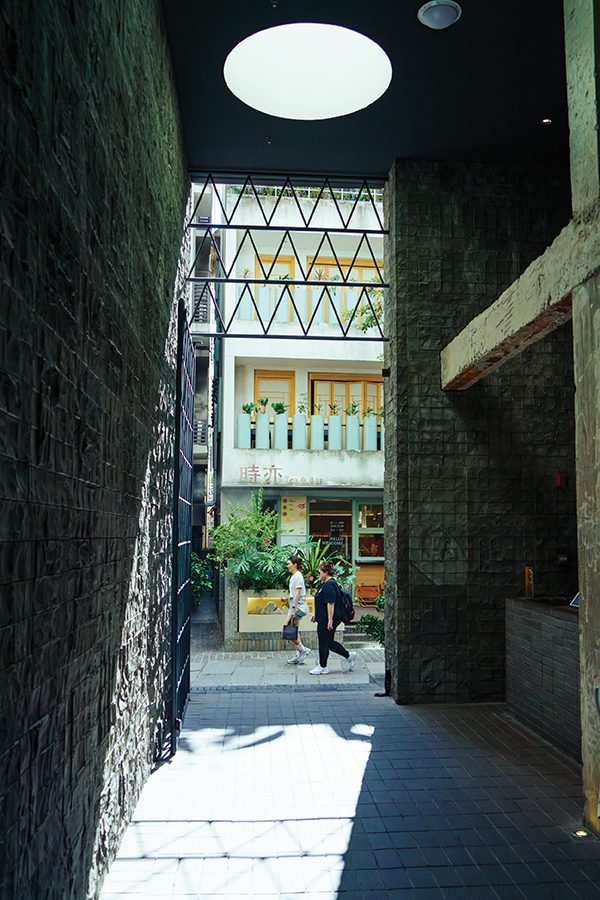
Credit: Hym Chu

Credit: Hym Chu
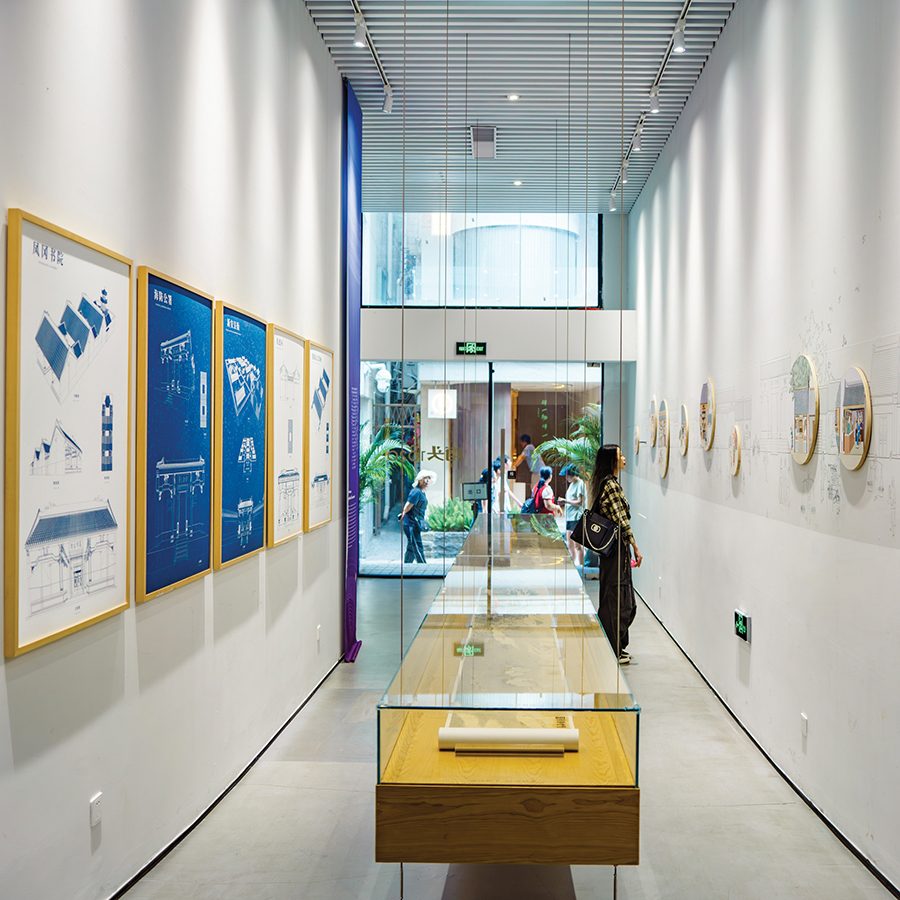
Credit: Hym Chu
After a quiet coffee break at Meetoo Café, I’m off to my last stop, the Nantou 1820 Digital Exhibition Hall. Once inside, I’m fully immersed in a 360-degree animation depicting a night scene in the ancient city during the early 19th century, where villagers attended a dragon dance celebration under dim street lights and bright sky lanterns are released into the heavens.
It’s growing darker outside as well as I leave the exhibition and exit through the South Gate, transporting me from 1820 back to 2024. My senses readjust to reality. Nantou Ancient City shines as brightly as ever in the background.
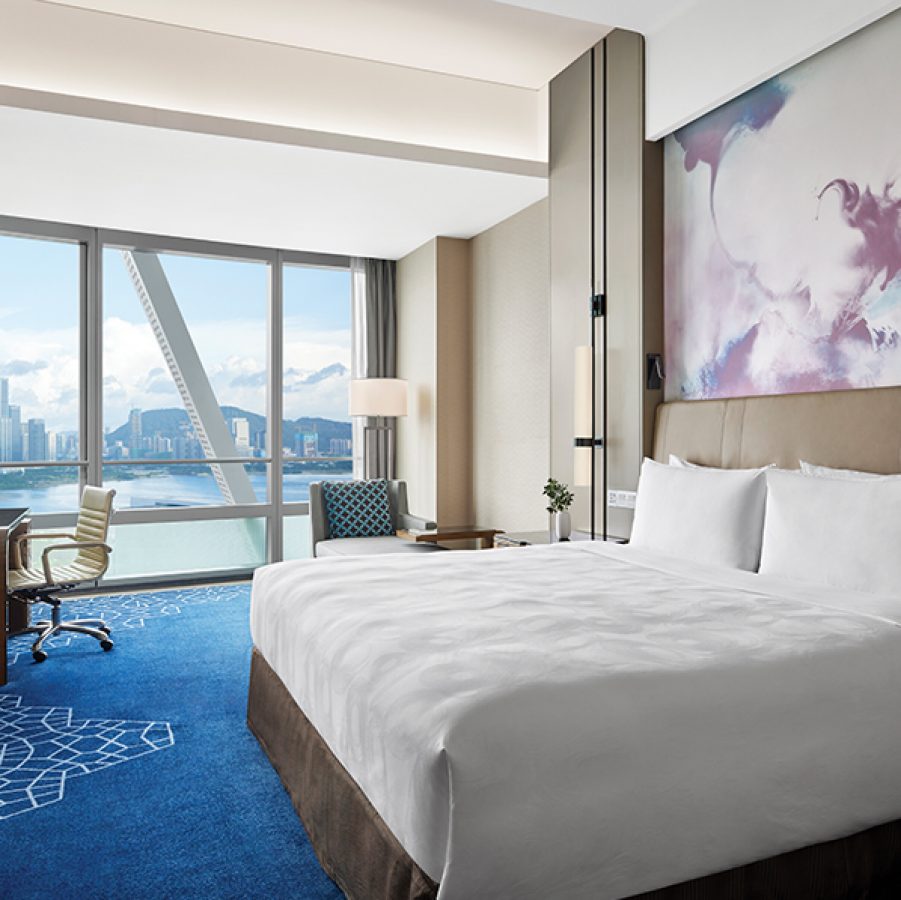
Stay here
A 20-minute drive from Nantou Ancient Town, the JW Marriott Hotel Shenzhen Bao’an offers stunning views of Qianhai Bay and is close to attractions like the OCT Harbour shopping complex and the Bay Glory Ferris wheel. Its rooms and suites are chic and and elegant, while the executive lounge is a great way to refresh and relax after long day of meetings or exploring the city. Take advantage of the hotel’s wellness facilities such as its indoor and outdoor pools, spa and fitness centre, then tuck into global fare at The Shenzhen Kitchen or light bites at JW Market.
Getting there
From the Shenzhen Bay Port, Nantou Ancient City’s South Gate is approximately 20 minutes by taxi. Alternatively, visitors can take the metro and alight at either Nantou Ancient City or Zhongshan Park station on Line 12.
More inspiration
- China – the Chinese Mainland, Hong Kong SAR, Macao SAR and Taiwan Region
- Hong Kong SAR - English
- Chinese Mainland (China) - English
- Taiwan, China - English
- 香港特別行政區 - 繁體中文
- 中国內地 - 简体中文
- 中國台灣 - 繁體中文
- Africa
- South Africa - English
- Asia
- Bangladesh - English
- Korea - English
- Singapore - English
- Cambodia - English
- 한국 - 한국어
- Sri Lanka - English
- India - English
- Malaysia - English
- Thailand - English
- Indonesia - English
- Maldives - English
- ประเทศไทย - ภาษาไทย
- Indonesia - Bahasa Indonesia
- Myanmar - English
- Vietnam - English
- Japan - English
- Nepal - English
- Việt Nam - tiếng Việt
- 日本 - 日本語
- Philippines - English
- Australasia
- Australia - English
- New Zealand - English
